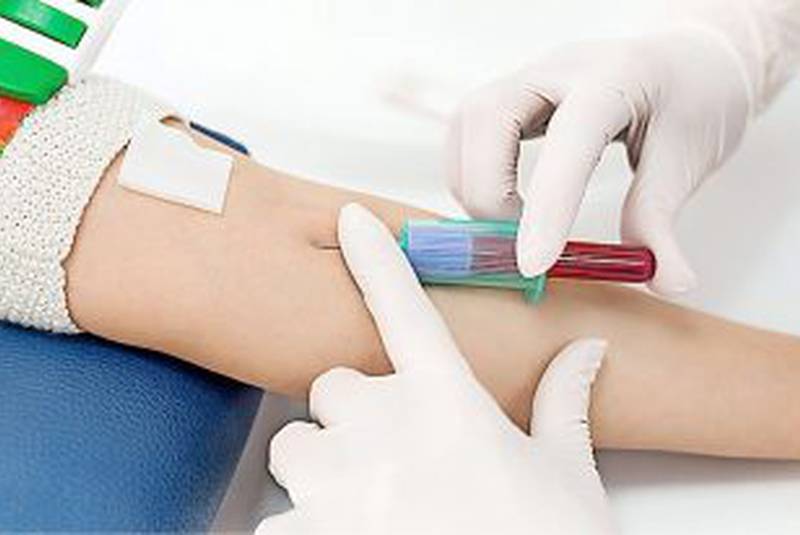Mastering teh Order of Drawing Blood: Essential Techniques and Best Practices for accurate Results
Drawing blood is a critical procedure in the medical field, often serving as the first step in diagnostics and treatment planning. Mastering the order of drawing blood-also known as phlebotomy-is essential for healthcare professionals to ensure accurate test results and safeguard patient safety. This complete guide will delve into essential techniques, best practices, and key considerations for effective blood collection.
understanding the Importance of Order in Blood Drawing
While it may seem straightforward, the order of drawing blood can significantly impact laboratory results. Different tests may require different collection tubes that contain various additives. Using the correct order can prevent cross-contamination and ensure the reliability of laboratory tests. Below are some critical reasons why mastering this skill is vital:
- prevention of contamination: Drawing blood in the wrong order can lead to contamination, affecting results.
- Enhanced accuracy: Following protocols ensures each sample is viable and accurate for testing.
- Improved patient safety: Adhering to correct procedures minimizes reactions and complications.
Essential Techniques for Blood Drawing
Every phlebotomist should be familiar wiht the key techniques for effectively drawing blood. Here are some essential techniques to follow:
1. Preparation
- Gather necessary supplies: blood collection tubes,needles,syringes,alcohol swabs,gloves,and bandages.
- Check the patient’s medical history for potential difficulties related to venipuncture.
- Communicate with the patient about the procedure to ensure they are relaxed.
2. Choosing the Right Site
The antecubital fossa (the area inside the elbow) is typically the preferred site due to the accessibility of veins. Here are some potential sites:
- Median cubital vein – most commonly used.
- Cephalic vein - the second choice, frequently enough used with obese patients.
- Basilic vein – less preferred due to proximity to nerves and arteries.
3. Applying Techniques
Use the following techniques for drawing blood effectively:
- Use a tourniquet to engorge the veins (but never leave it on for more than a minute).
- Clean the site thoroughly with an alcohol swab and allow it to dry.
- Use a speedy and smooth motion to insert the needle at a 15-30 degree angle.
- Collect blood in the appropriate order for the tests requested.
The Correct Order of Blood Collection Tubes
It’s crucial to know the correct order when filling blood collection tubes to avoid interference with test results.below is a simple table illustrating the order of draw based on the color-coded tube caps:
| Tube Color | Additive | Sample type |
|---|---|---|
| Yellow | SPS (Sodium Polyanethol Sulfonate) | Blood cultures |
| Light Blue | Buffered Sodium Citrate | Coagulation tests |
| Red | No additive | Serum tests |
| Gold | gel Separator | Serum tests |
| Green | Heparin | Blood gas, chemistry tests |
| Lavender | EDTA | Hematology tests |
| Gray | Sodium fluoride | Glucose tests |
Best Practices for Blood Collection
Adhering to best practices can enhance the quality of blood samples collected.here are some practical tips to consider:
- Always label tubes immediatly after collecting samples.
- Monitor the patient for any signs of adverse reaction.
- Ensure proper biohazard disposal of used materials.
- Document any patient concerns or complications during the process.
Case Study: Real-World Application
In a recent case at a local clinic, a phlebotomist experienced complications during a routine blood draw. The patient had a history of fainting during venipuncture.By following the standard procedure and focusing on proper communication and technique, the phlebotomist was able to calmly explain each step to the patient, using calming techniques to alleviate his anxiety, which resulted in a prosperous blood draw without complications. This case illustrates the importance of patient-centered care and adherence to best practices.
First-Hand Experience
As a phlebotomy student, I was lucky to practice under experienced professionals who emphasized the importance of the order of draw. My first attempt at drawing blood was nerve-wracking, but I followed all necessary preparations. I made sure to choose the right site, applied the tourniquet properly, and most importantly, reminded myself of the order of collection. The positive reaction from the patient after a successful draw reinforced my belief in the importance of mastering these essential techniques.
Conclusion
Mastering the order of drawing blood is a basic skill for any healthcare professional involved in phlebotomy. Among the essential techniques and best practices outlined in this article, understanding the order of collection is key to ensuring accurate test results and optimal patient care. By adhering to these guidelines and continuously seeking to improve your skills, you can contribute to better health outcomes and a more efficient healthcare system.Keep practicing, stay informed, and never underestimate the value of effective blood collection techniques!
